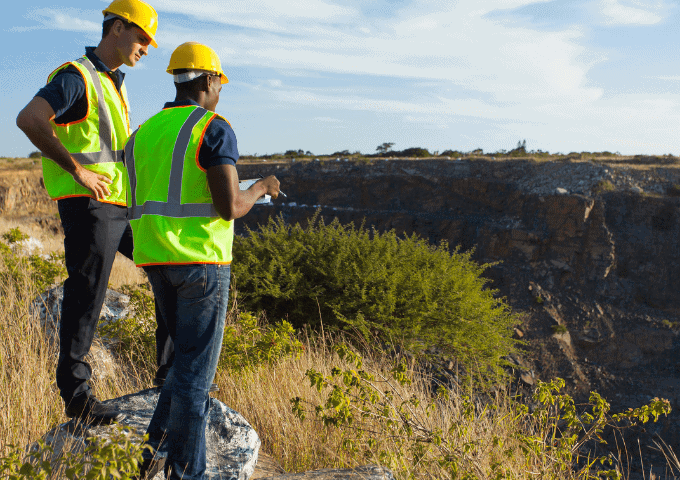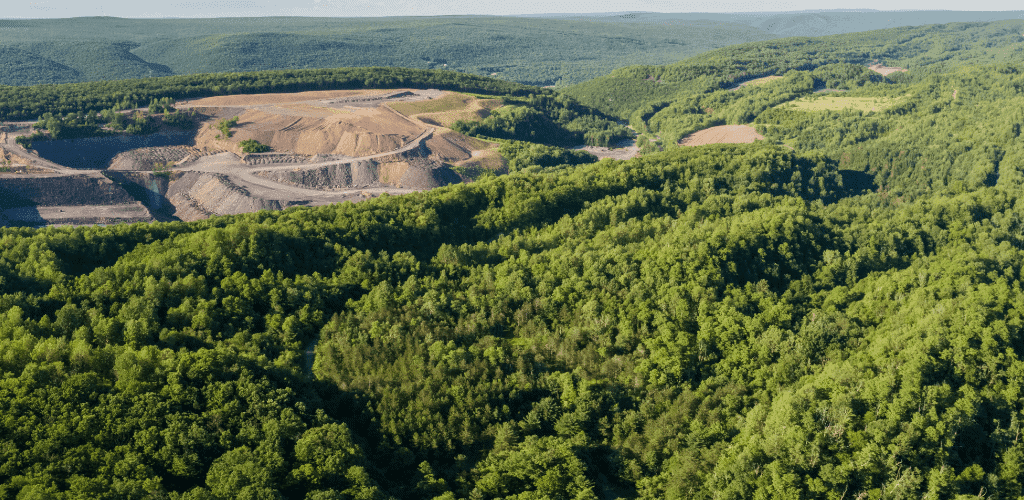Mining can do more than create wealth: it can contribute to the well-being of a whole country.
To accomplish this, governments and mining companies alike need to integrate environmental and social impact assessments (ESIAs) into mining projects.
ESIAs are the process of determining, analyzing and evaluating the potential environmental and social impacts of a mining project, and designing appropriate implementation and management plans for the mining life cycle.
While the question a few decades ago may have been should we conduct an ESIA, we now know this is an integral part of mining for sustainable development and need to shift our focus to how to conduct an ESIA properly.
We spoke with Suzy Nikièma, IGF’s International Law Advisor, to tackle some of these issues.
What are the challenges of the ESIA process?
For all stakeholders involved, ensuring environmental, social and economic concerns are fully integrated in an inclusive manner is a challenge due to the complexity of current cross-cutting issues, such as climate change.
Mining companies face a number of challenges, including how best to engage meaningfully with local communities, designing scenarios that reconcile profitability while minimizing impacts and maximizing benefits for all stakeholders, and receiving clear guidance and regulations from governments.
Governments deal with a different set of challenges. These include establishing comprehensive regulations to govern the ESIA process that ensure sustainable development outcomes. In some countries, internal capacity with sufficient expertise, financial resources, intra-ministerial coordination and monitoring can also be a challenge.
Local communities face their own unique challenges. At times, consultation processes can be an exercise of checking the box as opposed to impactful dialogue, particularly in regions where gender biases are still prevalent. Having information in an accessible format, such as the community’s first language, can also be difficult.

What opportunities does the ESIA process present?
The ESIA process allows stakeholders to be part of a process that designs a mining project that leads to sustainable development outcomes.
ESIAs allow governments and mining companies to build a strong foundation for a mining project, leading to less conflicts with communities and unnecessary costs.
When mining companies take the time before a project to consult with governments and communities alike, it limits the amount of interruptions their project faces as they won’t have to pause for reconciliation efforts. ESIAs also positively impact their corporate social responsibility (CSR) efforts and efforts towards sustainable development.
Local communities are able to provide input into the project to ensure it doesn’t negatively impact their lands and livelihoods. When community members are consulted in substantial ways, it also has long-term impacts for future generations.
Why is it important to evaluate the social impacts of mining?
A mining project can impact positively the education, health, jobs, social infrastructure and other elements of a community’s life. By evaluating the social impacts of a project, governments and mining companies can ensure the project benefits local communities in particular and the whole country in general.
For example, a mining company may help build a school for local communities while the government provides the jobs for teachers, ensuring children have an opportunity to advance their education. Another example could be how a mining project may cause the resettlement of local communities and it’s important to mitigate the negative impact of this process on the community’s life and future.

Why is the IGF creating a Guidance for Governments on ESIAs and what will it include?
During IGF’s 2017 Annual General Meeting (AGM), member countries voted on a theme for the fourth Guidance for Governments and they chose ESIAs as its next top priority.
IGF’s Guidance for Governments about the legal framework of environmental and social impact assessment and related plans in granting permits and negotiating contracts being chosen will explore the legal and procedural aspects of ESIAs in mining, including environmental and social management plans (ESMP), closure and rehabilitation plans, and potential resettlement action plans (RAPs).
The guidance document will provide IGF member states with guidance on reviewing and improving their legal framework in order to establish better permitting processes that enhance the quality of the development processes, the outcomes, the implementation and monitoring of these tools.
This will be IGF’s fourth Guidance for Governments, with others focusing on managing artisanal and small-scale mining (ASM), tax base erosion and profit shifting (BEPS) and local content policies.

